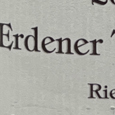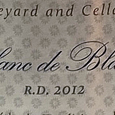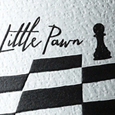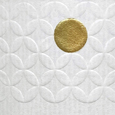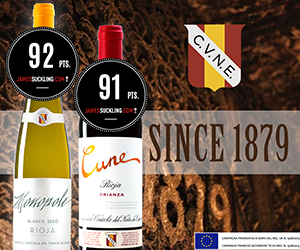The resounding success of the consumer wine auction in Calgary last March has me thinking starting a wine cellar has suddenly become more practical.
Until now, there was no legal or sensible way to dispose of a wine cellar, and drinking it, or giving it away, were never very appealing options. However, the ability to buy and sell your wine at auction makes the entire exercise a lot more fun.
Acquiring older wine was always an issue, so buying already aged wine and delivering it to your cellar is a game-changer. It also means fastidious collectors will be able to sell their collection or parts of it down the road, thus realizing the profits of collecting, or at the very least getting their money back should they need cash for something else. On that news, below, we review a handful of things to think about when starting a cellar.
The underground wine cellar of yore may no longer be an option for most unless you own a castle. Still, makeshift wine rooms in the basement appear frequently, and many condominium dwellers buy specialized wine refrigerators to store their wines safely. Those strapped for space have also turned to private wine storage facilities like the Vancouver Wine Vault, Griffin Wine Storage, or 13C Wine Storage.
No matter your choice, maintaining a modest wine cellar makes a lot of sense because almost every wine gets better in the bottle. Even a few weeks or months, storing wine in a quiet, cool place allows the wine to rest and settle down and recover from the shock of being bottled, shipped, and generally bounced around in its early life. Also, not to be dismissed: buying age-worthy bottles young means, you will always pay the minimum price, which is never bad.
My cellar began with a few bottles under the bed. It was too warm for anything good to happen to the wine and too handy for them to last any length of time, but it was a start. I quickly learned there was a better way to store wine, and it is not those fancy wine racks people install in their expensive, showy, renovated kitchens—dark, cool, and vibration-free answer to a proper cellar space.
All this leads to the inevitable questions: how long should you lie down or cellar wine, and for what purpose? Better yet, how will you ever know when your bottles are ready to drink? Fine red wine is best when given bottle age. I'm a big fan of the seven to ten-year rule based on some 40 years of cellaring wine. The best can stay alive for decades. That is when all the components meld together, offering more than just fruit or oak but something far more complex. Once you come to know the delight of sipping aged wine, it is very difficult to go back to drinking youthful versions of the same wine.
There is a caveat for newbies. Remember, not all wines are made to improve with age. The vast majority of white wines require little or no cellar time, although White Bourgogne and Champagne lead a small list of collectibles whites that improve with some time in the cellar. Price can be an introductory guide. Few wines under $15-$20 are designed for ageing. However, any reds containing large amounts of cabernet, syrah, mourvèdre, malbec, and zinfandel will all benefit from cellar time, no matter what their cost.
Because most red wine is fermented on and left in contact with its skins for an extended time to extract large amounts of colour and tannin (before it is aged in wood), it needs time for all the parts to combine and become a seamless, balanced, delicious wine.
How long you can age wine is a tougher matter. Top wines from highly rated vintages can easily age a decade or more under perfect conditions. There is nothing better than opening a wine made 30 or 50 years ago to put your life in perspective from a historical sense. Today we present two top ten lists: a list of local wines, and a list of international picks. All should easily cellar a decade and improve in a temperature-controlled cellar.
For more information on how you can legally buy and sell wines on auction in Canada check out IronGateAuctions.com.
International Picks
British Columbia Picks

 quicksearch
quicksearch








